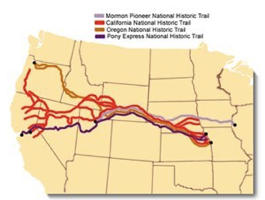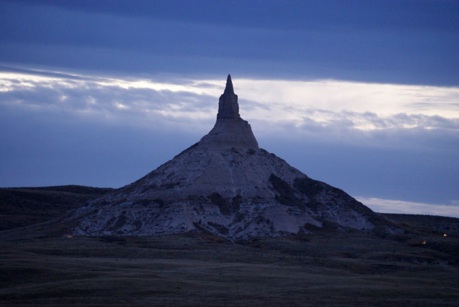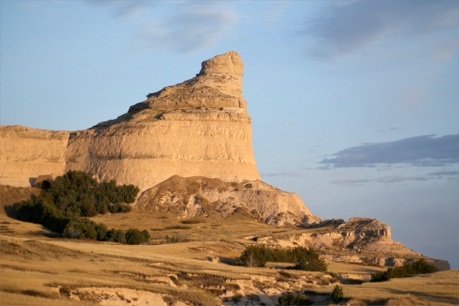
It’s sometimes difficult to admit how little I know about U.S. history. I knew that people moved west, that gold was an important lure, and that the journey was a hardship. I knew there were trails people followed. I even knew some of the trails’ names: Oregon Trail, Santa Fe Trail, and California Trail. However, ask me details of any particular trail and I’d have told you nothing important.
After visiting the National Trails Headquarters I know enough to learn more! There in Omaha City I picked-up a few maps, I toured the museum facilities, I talked with Rangers. I learned the basics and committed myself to learn as opportunities presented themselves. It wasn’t long before I could do just that when I was headed south through Wyoming. It was then that I found three important milestones along the trails, two of which are described below.
The trails of westward migration started in St. Louis. They pretty much followed the same path as the cross the Great Plains in the heart of the continent. After many exhausting weeks spent walking across monotonous flatlands with nothing but occasional bison for company, travelers would come across Chimney Rock. Seeing this natural marker meant they were finally approaching the Rocky Mountains. A little further down the trail they’d see Scotts Bluff which meant they were within a day of Fort Laramie.
Everything was about to change …

